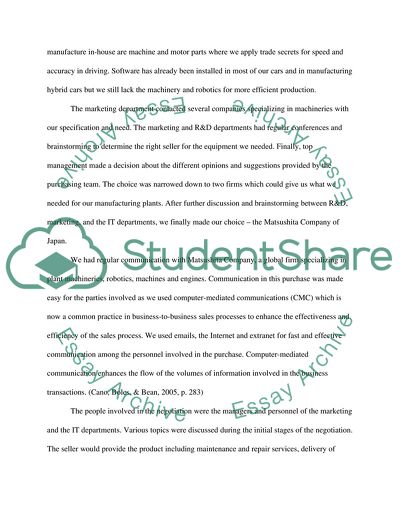NARRATIVE ANAYLYSIS OF B2B PURCHASING Term Paper. https://studentshare.org/marketing/1833514-narrative-anaylysis-of-b2b-purchasing
NARRATIVE ANAYLYSIS OF B2B PURCHASING Term Paper. https://studentshare.org/marketing/1833514-narrative-anaylysis-of-b2b-purchasing.


